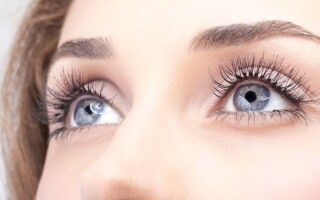
A new study conducted by a group of ophthalmologists from Spain revealed risks associated with climate change for eye health. There are a number of known factors affecting eye health, such as exposure to ultraviolet rays, genetic factors, and aging, which can lead to cataracts, a condition that affects approximately 94 million people and results in decreased visual acuity.
However, in the new study, the researchers discovered that another factor leading to cataracts and other eye disorders is climate change. Increased temperatures reaching 40 degrees Celsius can cause heat shock, which disrupts biological processes in the organism.
Speaking about this, ophthalmologist Lucia Echevarria Lucas from the La Axarqia hospital in the province of Malaga in Spain noted that heat shock causes harm to natural systems of purification, which usually deal with accumulated harmful particles, known as reactive oxygen species. Crystalline lenses consist of proteins that must remain structured to maintain clarity. Reactive oxygen species can damage these proteins, "causing cataracts, which lead to cataract formation," explained Lucas.
Since the lens is unable to regenerate these proteins, the longer a person is exposed to the sun, the higher the risk of developing cataracts. And while the typical age of onset for cataracts is 60 years and older, it is observed that in people aged 15 to 49 years, cataracts are more frequently found in regions with a high density of agricultural workers.
The researchers also found that climate change increases the risk of developing various other eye disorders, such as retinal detachment, epiretinal membranes, and conjunctivitis. Specifically, it has been established that increasing temperatures above 28.7 degrees Celsius raises the likelihood of developing conjunctivitis by 16% compared to low temperatures around 10.7 degrees Celsius.
In addition to direct consequences, drought caused by climate change leads to instability in environmental safety, which can result in a deficiency of essential nutritional substances, such as honey and vitamins B12, B1, and B9, which can negatively affect retinal nerves. During periods of drought, people often forced to use non-potable water, which also increases the risk of developing eye disorders.












